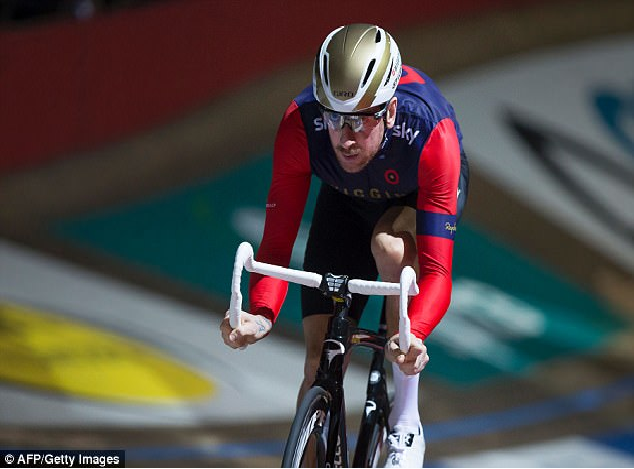High standards
The FIA has a stringent approach to drug testing and complies with the World Anti-Doping Agency (WADA) to ensure that its top drivers are randomly and regularly tested for drugs throughout the year. For thoroughness and accuracy, these take place regardless of whether drivers are racing. Crucially, none have failed such rigorous testing, which is testimony to the clean and drug-free sport we have come to associate F1 with.
A clean sheet
F1 drivers know that the anti-doping prohibited list of many and varied substances does not allow for even the slightest misdemeanour. Put simply, to drive at such a level, they need to remain in tip-top condition. Football players may risk their health if using drugs, but it is different in motorsport – taking performance-enhancing drugs could have a massive impact on both the team and spectators, such as those watching from the F1 Paddock Club France. The consequences of drug use on the track – or for the spectators enjoying a luxury experience booked through an organisation such as
could be nothing short of disastrous.
Risk management
There are already many risks in FI competitions, which is one of the reasons doping is considered a no-no by professional drivers. Another is the fact that the sport measures it success in microseconds. The smallest increment can have either a devastating or triumphant impact on the sport.
Not always the case
It must be said that motor racing has had its ups and downs with drugs. Sir Stirling Moss admitted that he used to take drugs and it was considered quite the norm; however, they weren’t considered ‘drugs’, as they weren’t body enhancing.
Why bother?
Speedy reaction times, high endurance and extreme muscle strength are just some of the qualities an F1 driver needs. Why take risks by taking drugs?




